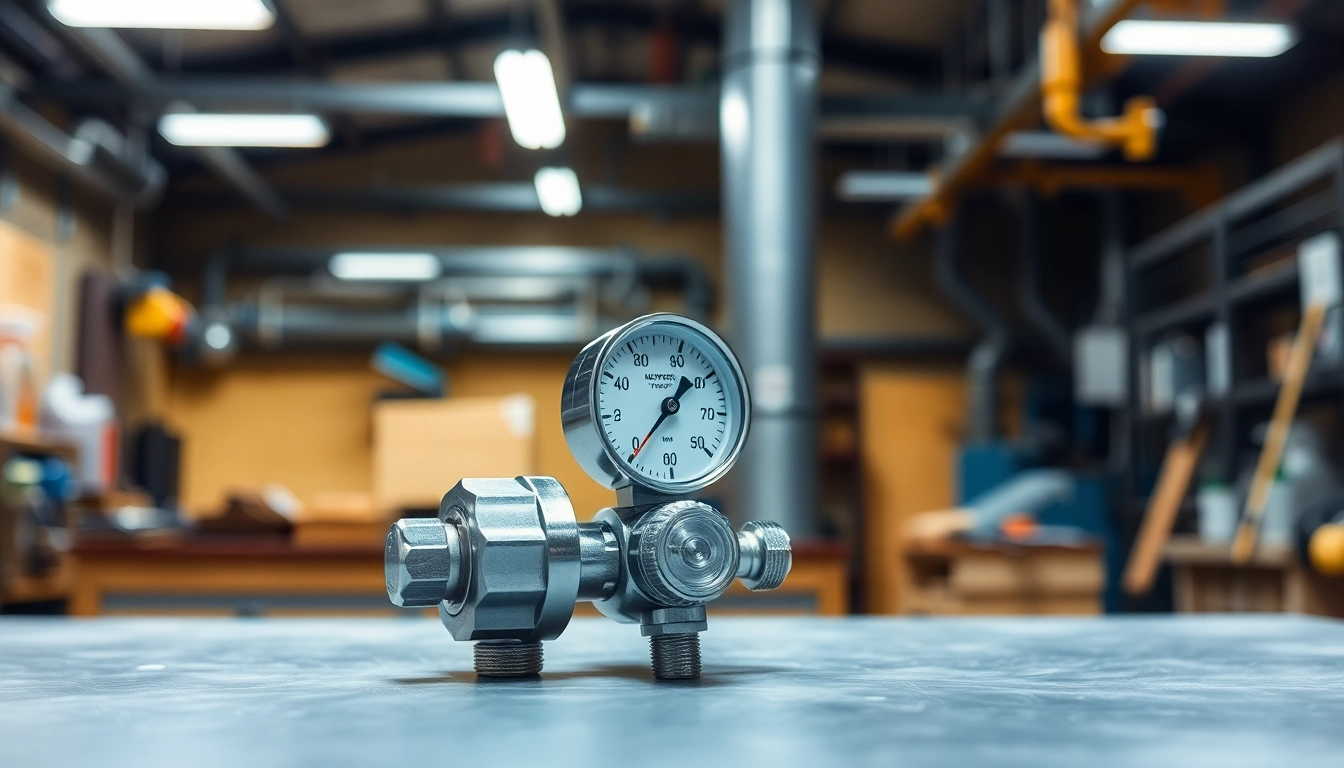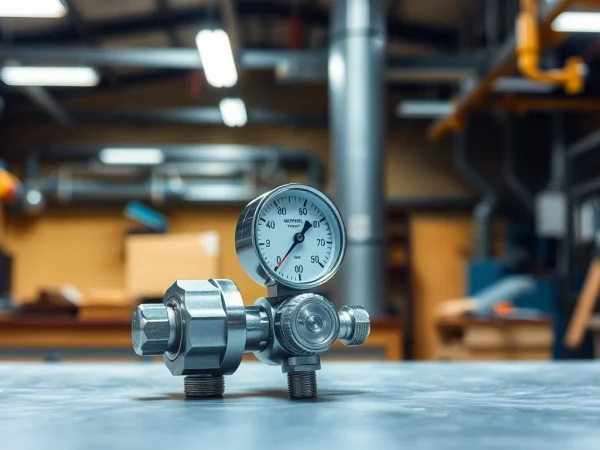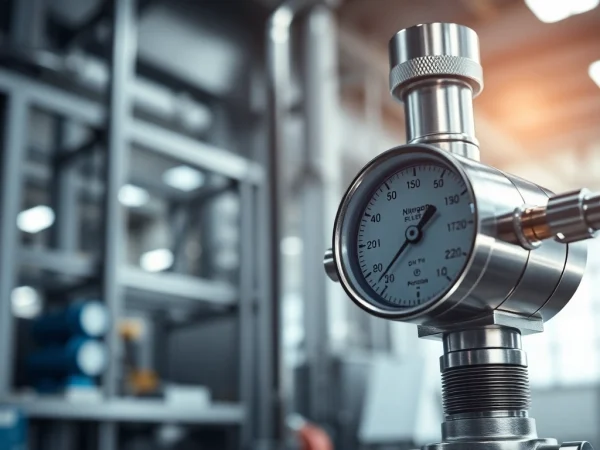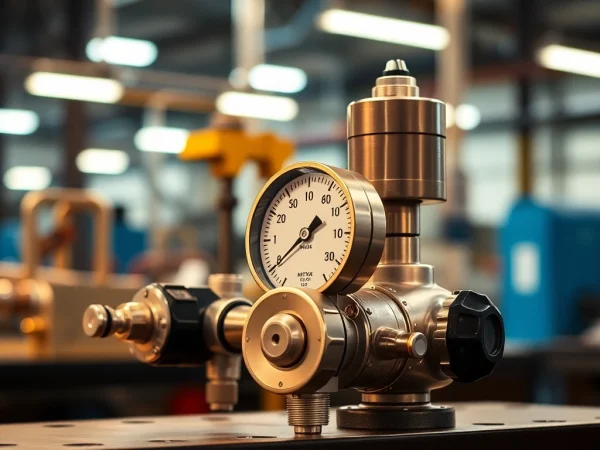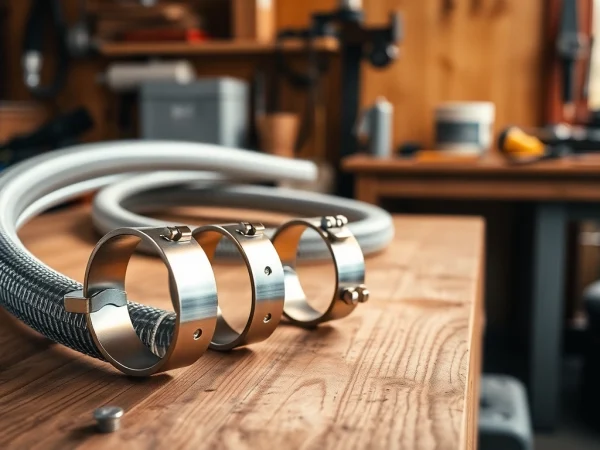Essential Guide to Choosing the Right Nitrogen Regulator for Your Needs
Understanding Nitrogen Regulators
What is a Nitrogen Regulator?
A nitrogen regulator is a crucial device used to control the flow and pressure of nitrogen gas from a cylinder or tank to various applications. These regulators are designed to ensure that the nitrogen gas is released at a safe and manageable pressure, making it essential in a variety of industries, including HVAC, food and beverage, and medical. Essentially, a nitrogen regulator acts as a gatekeeper, maintaining a consistent downstream pressure regardless of the varying pressure conditions in the storage tank. For an overview of the different nitrogen regulators available, you can check out this nitrogen regulator section.
How Does a Nitrogen Regulator Work?
The operation of a nitrogen regulator is relatively straightforward yet highly effective. The device is attached to a nitrogen supply tank, typically using a CGA-580 connection. Upon activation, the regulator allows high-pressure nitrogen gas from the tank to flow into the system while simultaneously reducing the pressure to a predetermined outlet pressure. This is achieved through a combination of diaphragm and spring mechanisms that adjust the flow based on demand. The essential components of a nitrogen regulator include:
- Inlet Connection: The point where nitrogen is introduced from the tank.
- Pressure Adjustment Knob: Used to set the desired output pressure.
- Output Port: Where the regulated nitrogen is expelled for use.
- Pressure Gauge: Indicates the current pressure level to ensure safe operating conditions.
Common Applications for Nitrogen Regulators
Nitrogen regulators find extensive usage across a variety of fields. Some common applications include:
- HVAC Systems: Regulating nitrogen for leak testing and purging air from refrigeration systems.
- Food and Beverage: Nitrogen is used for kegging beer and creating a nitro coffee experience.
- Medical Use: Delivering precise amounts of nitrogen gas for surgical tools and other equipment.
- Industrial Uses: In welding and metal fabrication, nitrogen is used to create an inert atmosphere, preventing oxidation.
Types of Nitrogen Regulators
Single Stage vs. Dual Stage Nitrogen Regulators
Nitrogen regulators are categorized into single-stage and dual-stage types. Understanding the difference between them can help users select the appropriate model for their needs:
- Single Stage Regulators: These are simple devices that reduce the tank pressure to the desired outlet pressure in one step. They are ideal for applications where the inlet pressures are relatively constant and do not fluctuate much, such as in small-scale operations.
- Dual Stage Regulators: These regulators offer two pressure reduction stages, making them suitable for more demanding applications where pressure can vary significantly. They provide more stable output pressure over time and are essential for critical processes in industries like medical and pharmaceuticals.
Preset vs. Adjustable Nitrogen Regulators
Nitrogen regulators can also be classified based on their adjustability:
- Preset Regulators: These are pre-set to a specific pressure and cannot be adjusted. They are convenient for users who need consistent and repeatable results without needing to make any changes.
- Adjustable Regulators: These allow users to set the output pressure as required. They are particularly useful in applications where the nitrogen pressure needs to be altered frequently, enhancing versatility in different operational contexts.
Specialty Nitrogen Regulators for Specific Tasks
Specialty nitrogen regulators are designed for specific applications and often come equipped with additional features. For example, many models have added safety protocols for handling high-pressure gases or environmental protection ratings suited for hazardous areas. These regulators may also include:
- Multifunctional Outputs: Some regulators can handle multiple gases or outputs, allowing them to be adapted for diverse requirements.
- Integrated Flow Meters: These help in visually monitoring gas flow rates, crucial for precise applications in laboratory environments.
Key Features to Look For
Pressure Range and Delivery Specifications
When selecting a nitrogen regulator, the pressure range and delivery specifications are paramount. Users should consider:
- Pressure Capacity: Ensure the regulator can handle the pressure outputs required for your specific application, typically between 0-600 PSI.
- Flow Rate: The regulator should also match the flow rate requirements of the application; some applications may require higher flow rates for effective operation.
Material and Build Quality
Durability is another key aspect to consider when choosing a nitrogen regulator. Regulators made from high-quality materials such as brass or stainless steel generally offer better longevity and resistance to corrosion. Additionally:
- Sealing Features: Quality regulators often have enhanced sealing options to prevent gas leaks.
- Temperature Resistance: Ensure that the unit can safely operate within the temperature range expected in your working conditions.
Safety Features in Nitrogen Regulators
Safety is paramount in the use of nitrogen regulators, especially in industrial and medical settings. Look for features such as:
- Pressure Relief Valves: These automatically release gas if excessive pressure builds up, preventing potential accidents.
- Analog or Digital Gauges: Clear pressure readings can aid in monitoring and adjusting the output effectively.
Installation and Maintenance Tips
Setting Up Your Nitrogen Regulator
Proper installation of a nitrogen regulator is essential for optimal performance. Follow these steps for setup:
- Attach the regulator to the nitrogen gas supply source securely.
- Check the gasket or O-ring to ensure there are no leaks during installation.
- Adjust the pressure setting according to the specific requirements of your application.
- Connect the output line, making sure all connections are tight and leak-free.
Routine Maintenance for Optimal Performance
Regular maintenance of nitrogen regulators can extend their lifespan. Consider the following maintenance practices:
- Check for Leaks: Regularly inspect connections and seals to prevent gas leaks.
- Clean the Regulator: Use a soft cloth to clean surfaces; ensure no debris impedes functioning.
- Gauge Inspection: Periodically check the gauges for accuracy and replace them if they show inconsistent readings.
Troubleshooting Common Issues with Nitrogen Regulators
Even reliable nitrogen regulators may face issues. Here are some common problems and their solutions:
- Pressure Fluctuations: Check for any leaks in the connections or the integrity of the regulator itself.
- Low Output Pressure: Ensure the tank is full and that the regulator setting is correctly configured.
- Noise During Operation: This may indicate improper installation or the need for maintenance; inspect all components and connections closely.
Comparing Popular Nitrogen Regulator Brands
Leading Brands in the Market
Several brands are recognized for their quality nitrogen regulators. Here are a few notable ones:
- Victor Technologies: Known for high-quality industrial regulators suitable for heavy-duty applications.
- Smith Equipment: Offers a range of adjustable nitrogen regulators known for precision and reliability.
- Airgas Radnor: Provides a variety of affordable options for both industrial and light commercial applications.
Pricing Insights and Value Comparison
Pricing for nitrogen regulators varies significantly based on features, specifications, and brand. Here’s a general idea:
- Basic Models: Starting around $18 for single-stage, preset regulators.
- Mid-Range Models: Typically priced between $50 – $100 for dual-stage and more advanced models.
- High-End Models: Professional-grade regulators may exceed $200, especially those with specialized features or multipurpose designs.
User Reviews and Recommendations
User reviews can provide real-world insights into the performance and reliability of nitrogen regulators. Consider the following factors when reading reviews:
- Durability: Look for feedback on long-term use and maintenance requirements.
- Ease of Use: Review comments about installation and adjustment processes.
- Customer Support: Assess the manufacturer’s reputation for support and availability of replacement parts.
